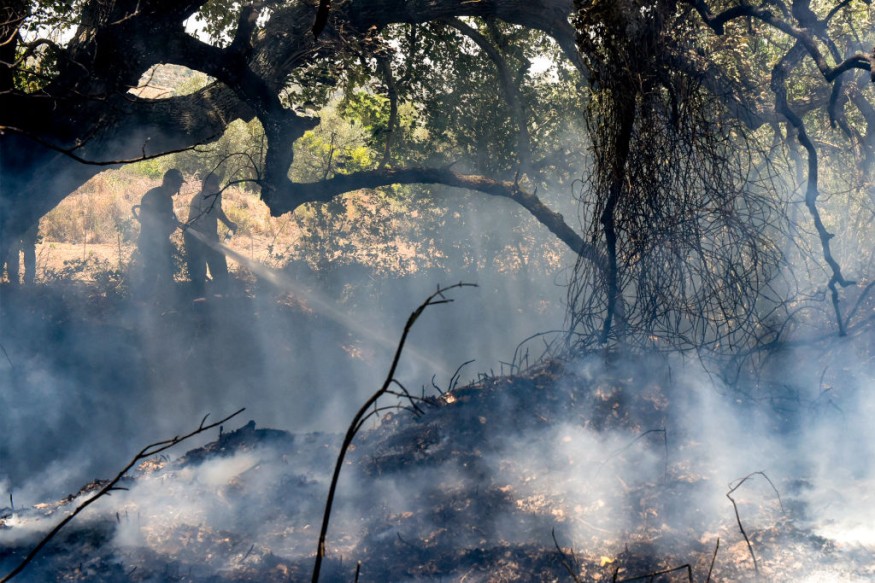More wildfires were observed in Nepal, but the cause isn't solely climate change.
The frequency of forest fires is increasing due to Nepalis' shifting relationship with their forests, according to forest scientists, but nevertheless, damage could be minimized with improved fire forecasting and preparedness.

Forest Mismanagement
Nepal has already experienced about 5,000 wildfires this year alone, which is the second worst since records were kept in 2002. The country's 2021 fire season saw more than 6,300 outbreaks. In the previous 12 months, wildfires have claimed the lives of over 100 individuals. For days on end, a dangerous wildfire haze enveloped Kathmandu.
The climate model suggests that Nepal is expected to experience drought conditions more frequently in the future, which is likely to exacerbate the flames. However, scientists believe that poor forest management is more likely to be to blame for the recent fires.
Early in the 1970s, Nepal's rural population increased quickly, and the nation's forests suffered as a result of its strong reliance on agriculture. Large tracts of trees were cut down by the locals in the hills for lumber, fodder, and firewood.
According to a 1979 World Bank report, "the spectre of ecological disaster" was imminent, and the nation needed to launch a massive tree-planting initiative. After giving localities authority over around 1.8 million hectares of forested area nationwide, the government chose to decentralize the management of its forests. Consequently, Nepal's forest cover increased to 45% in 2016--nearly doubling in just three decades.
Nepal also had significant sociopolitical change at this time. The nation moved to a federal system in 2015 after the monarchy was abolished in late 2008. The management of community forests was not given the same priority as before, according to Uttam Babu Shrestha, an environmental scientist at the Global Institute for Interdisciplinary Studies in Kathmandu.
Wildfire Predictions
Binod Pokhrel, a climate scientist at Tribhuvan University in Kathmandu, made the decision to investigate the causes of the nation's biggest wildfires in 2021. To create a drought index, he examined temperature, humidity, and wind speed trends. As was to be predicted, a high drought index was frequently linked to a large number of wildfires in the weeks that followed.
He discovered that while wildfires are influenced by climate, "their origin, at least in Nepal, is mainly anthropogenic."
He believes that educating neighborhood forest groups about the possibility of forest fires in advance could significantly reduce the number of forest fires. In Nepal, there are about 282 weather stations.
"By using weather station data, we could precisely forecast the drought index up to a local ward level," Pokhrel says.
He also mentioned that a smartphone-based forecast would lessen the likelihood that fires would spiral out of control and reach the heights they reached in 2021 and 2024.
He and his colleagues also conducted a study among the residents, discovering that if they were given tools like fire engines and were told at least one month in advance, they would be better equipped to contain local fires.
Experts suggest that while the efforts of environmental groups are beneficial, there is a need for greater government involvement in fire management in Nepal.
Related Article : Nepal Massive Wildfires Blamed for Heatwaves, Climate Change
© 2025 NatureWorldNews.com All rights reserved. Do not reproduce without permission.





